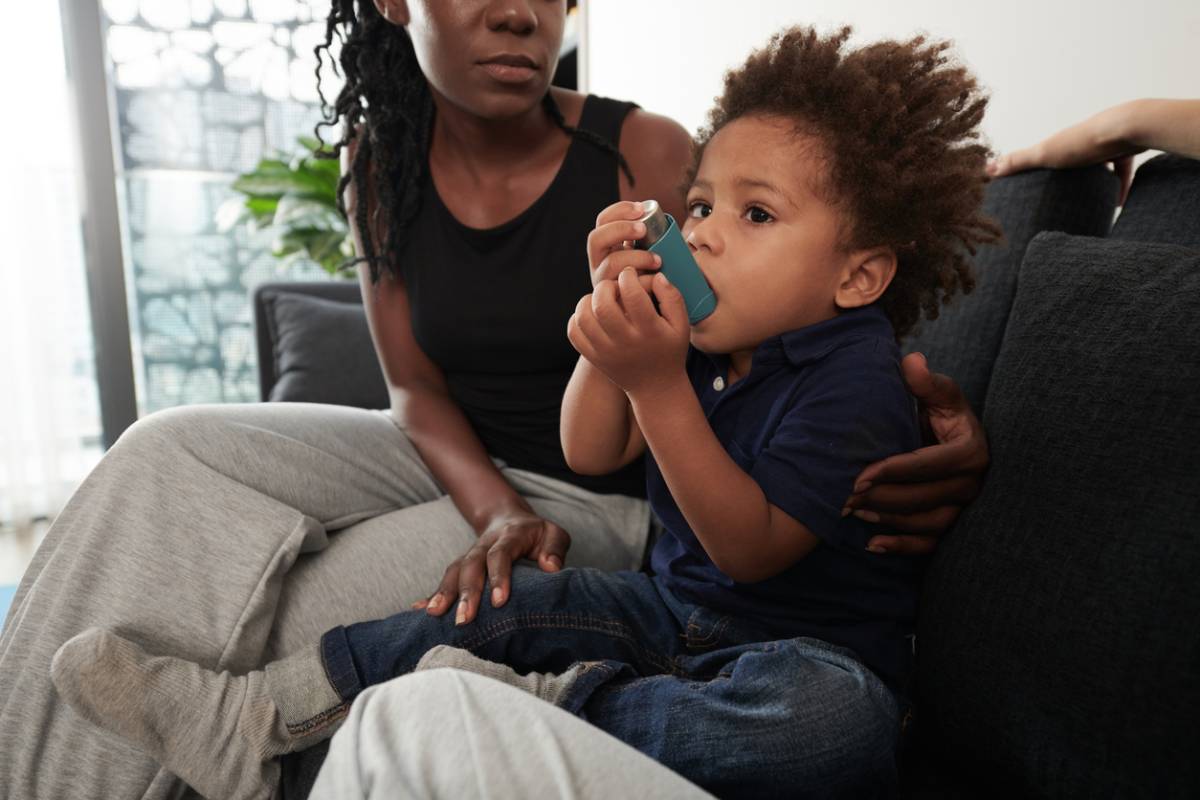Parents never want to watch their child suffering from asthma, especially as oncoming symptoms can be severe. You may wonder how you can help them through an asthma attack or what to do if your child does not have their inhaler on them. While you are likely taking every possible precaution to make sure your child is as safe as possible, there may still be times when you and your kid are caught in an asthma struggle without a way to get immediate relief.
What to Do if Your Child Does Not Have Their Inhaler
If your child is going through respiratory issues and does not have their inhaler on them, do not panic. Stay calm, contact Dr. Shukla immediately, and follow these simple steps to help mitigate the effects of a sudden asthma attack.
Step 1: Identify the Oncoming Symptoms of Asthma in Children
The most common form of asthma in kids is usually diagnosed at a very young age. In fact, a lot of kids might start to show symptoms before they turn five years old, requiring specialized treatment from a pediatric pulmonary specialist. As they get older, it will be easier to identify the symptoms of asthma before they become too severe. You can look for these warning signs in your child as a signal that an asthma attack is about to occur:
- Shortness of breath
- Gasping for air
- Coughing and wheezing constantly
- Complaints of chest pain or tightness in the throat
- Congested sinuses and continuous coughing similar to a cold
As soon as you start to notice that your child is struggling to breathe, and they do not have their inhaler, the best thing you can do is get in touch with an asthma specialist ASAP.
Step 2: Practice Steady Breathing
While you make your way to the doctor’s office or wait for help to arrive, you can encourage your child to go through some breathing practices that can help their symptoms go down when they don’t have an inhaler. If you are near a source of running water, you can run the water hot until there is steam and have your child breathe in the steamy air. This will immediately loosen up any tightened muscles around the throat and chest, making it a bit easier to breathe.
Additionally, you can practice some approved breathing techniques that are helpful for children having an asthma attack with no inhaler. One of the most common exercises is “pursed lips” breathing, where your child can breathe in through their nose and then exhale through pursed lips like they are about to whistle. Make sure your child’s exhale is longer than the inhale so they can focus on continuous, slow breathing patterns.
Step 3: Encourage Good Posture
While your child practices breathing during an asthma attack, encourage them to sit up straight with their shoulders aligned. A straightened back opens up a lot more space for the heart and lungs, which will more easily circulate oxygen through the respiratory system.
DO NOT have your child lie down, bend over, or sit back. This can constrict the airways further, exacerbating the possible symptoms of asthma. While the best way to prevent an asthma attack is to avoid the triggers altogether, there may still be times when your child comes face-to-face with an asthma trigger without having an inhaler. When this occurs, it’s best to seek professional help as quickly as you can.
Get the Best Asthma Care in Queens
Dr. Mayank Shukla is a top-rated pediatric pulmonologist in Queens, offering advanced and personalized treatments to kids of all ages who are struggling with the symptoms of asthma. While it is scary to think about what to do when your child doesn’t have their inhaler, there are several steps you can take to make sure that nothing drastic ever happens. Get in touch with our friendly experts today to learn more!

